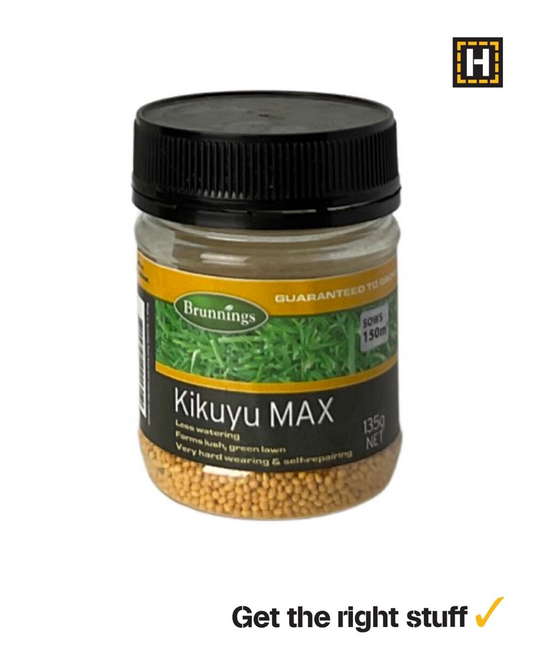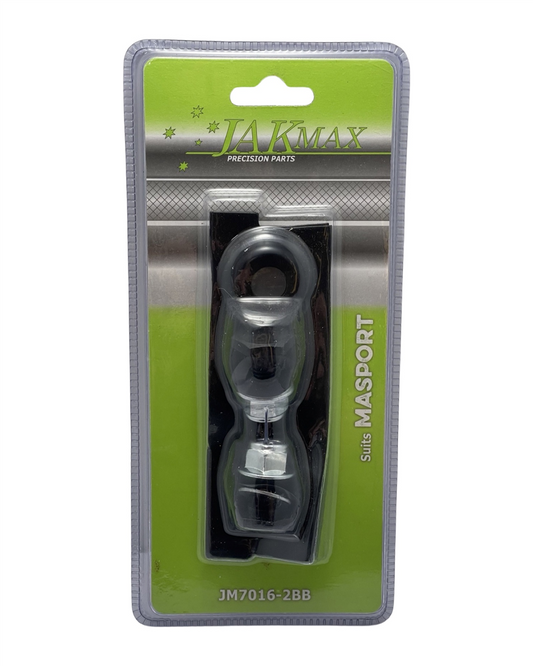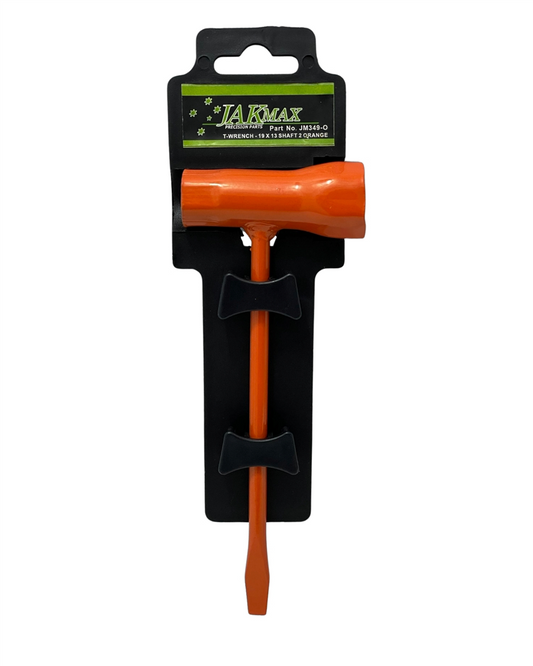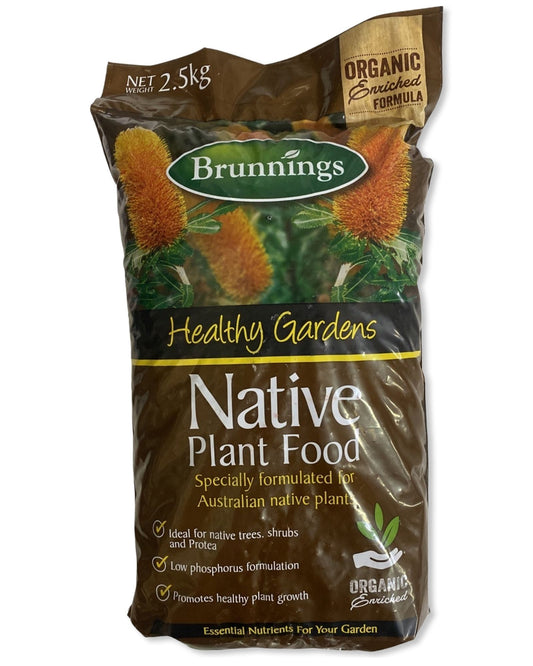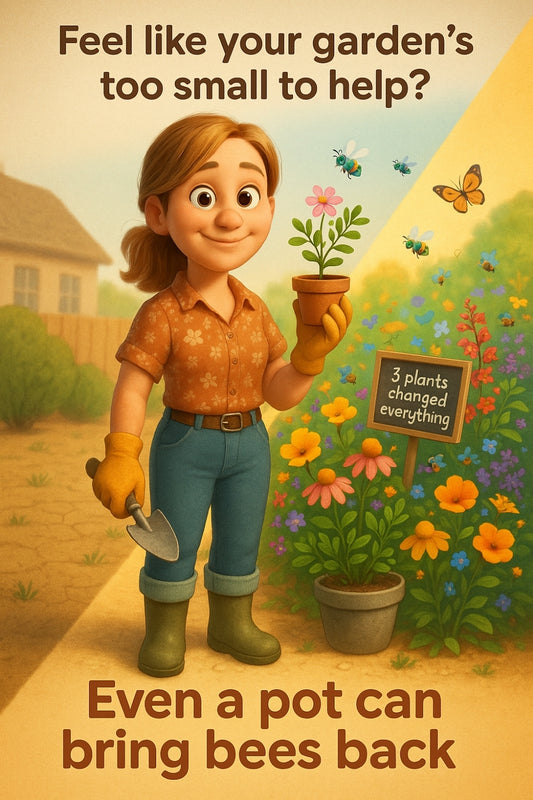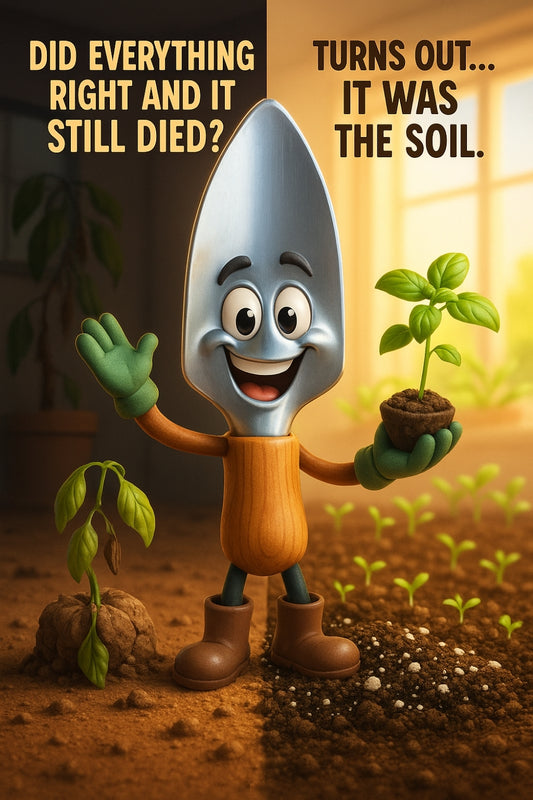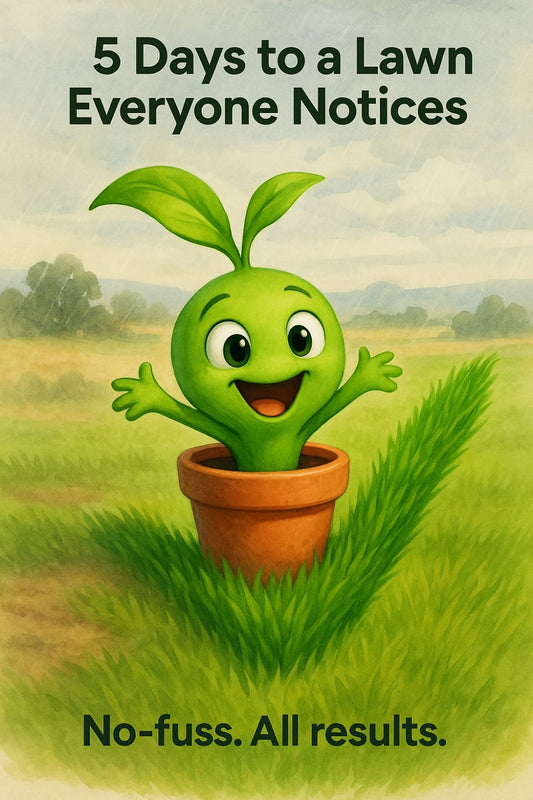Cyclone Tools swears by this: why confident gardeners are quietly obsessed with hidden vegetable gems
Share
The forgotten root crop that could fix your sad veggie bed
Let’s be real—if you’ve ever walked past seed packets and gone straight for the cherry tomatoes or basil, you’re not alone. But here’s the secret even seasoned gardeners won’t tell you—turnips might be the easiest veggie you’ve never grown.
“I planted them as a joke once. Now I grow two beds of them every season.”
That’s what one regular at our garden centre confessed while loading up on potting mix and peat blend. At first glance, they’re not glamorous. They're not Instagram-worthy. And yet—turnips tick nearly every box for a beginner-friendly, low-stress crop.
Before: Struggling to keep anything alive
After: Harvesting crunchy, versatile roots in just weeks
Here’s the thing—turnips don’t ask for much. If you’ve ever felt like gardening was ‘too hard’, here’s a plant that forgives your mistakes, shrugs off erratic weather, and actually thrives in South Australian soils. Wild, right?
Why turnips win the underdog trophy
1. Fast, foolproof, and wildly satisfying
Some roots—like carrots—can take 3 to 4 months and still come out looking like garden gnomes. With turnips, you blink and they’re done. Most varieties mature in 6 to 8 weeks, sometimes sooner with the right conditions. That’s practically a microwave dinner in plant terms.
- No thinning dramas — they’re more forgiving of spacing than fussy crops
- Not fussy about soil—but they love well-drained corners with a bit of sun
- Drought tolerant once established
2. They grow where others sulk
Our local climate can turn on a dime—blazing sun one week, cold winds the next. Tomatoes sulk. Lettuces bolt. But turnips? They’re tough little units. From late summer to early winter, they stay steady in the soil and don’t put up a huge fuss.
One customer told us she forgot hers for weeks—came back to a bumper crop of sweet white bulbs and perfectly edible greens. Not that we recommend abandoning your plants, but… it proves a point.
3. Both root and leaf: double the value
This one surprises people. The greens? Totally edible. Chop them into a stir-fry, wilt them like spinach, or toss them raw into your salad mix for a peppery kick. One plant, two uses—and nearly no waste.
In tighter times or when you’re stretching a harvest, that’s a big deal. It’s like discovering your apple tree also grows spinach. Sort of.
Old-school crop, fresh relevance
Turnips aren’t new. Ancient Romans were into them. In the Middle Ages, they were basically the potato of Europe. And while that may not sound exciting—it’s the key to why they work so well today.
They were bred to be reliable. To grow in weird soil. To feed families with little sunshine and a lot of mud. And in a world where everyone’s trying sourdough-level gardening, reliable is sexy.
Not just for soups and stews
If you’re picturing grey mash or winter rations, pause right there. Baby turnips are crisp, sweet, and juicy raw. Roasted, they caramelise like pumpkins. And if you slice them thin, they’ll crisp in an air fryer quicker than potatoes. The humble root has range.
How to get started (hint: it's easier than you think)
- Pick your patch: A raised bed, grow bag or big pot works. Just make sure it drains.
- Plant smart: Sow seeds directly into damp soil about 1cm deep. Water gently.
- Feed them simply: Use a balanced, South Aussie friendly fertiliser—nothing fancy.
- Harvest early and often: Don’t wait – young turnips taste best when they’re small (golf ball size is sweet perfection).
Don’t overthink it. Don’t scroll until your eyes glaze over. Just grab a packet and drop them in the dirt.
From overlooked root to quiet garden hero
What if your next win in the garden wasn’t a complicated setup or exotic varietal—but a humble root crop your nanna probably grew?
Start with one row. One corner. Just try them. You might go from seed-doubter to turnip evangelist before autumn’s out.
If you want a veggie that builds confidence, shows results fast, and tastes better than expected—this is your dark horse.
The real flex? Growing something no one else even thinks about—and absolutely nailing it.
Happy planting,
Candeece
 Stay Connected
Stay Connected
Join our gardening community on Facebook: Urban Gardener's Notebook
And follow our Store Facebook Page: Strathalbyn H Hardware on Facebook


